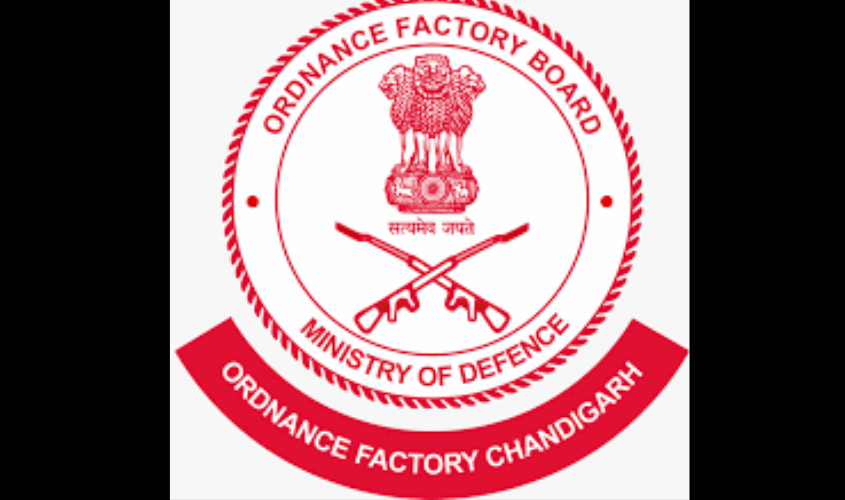After corporatisation, OFB will have to maintain a profit and loss account, which will usher in accountability, increase efficiency, and result in more reliable ammunition and equipment.
At the time of Independence, the Ordnance Factories (OFs) were fulfilling our needs. Besides weapons and ammunition, they also had tie-ups with Germany’s MAN and Japan’s Nissan to manufacture Shaktiman trucks and Jonga. In fact, as a young officer
Whether it has to do with its department status or the internecine issues with other departments like Directorate of Quality Assurance (DGQA), or its focus on licenced production, the OFs began to lose their edge slowly, and were unable to live up to their past excellence and by the 1980s this increased our dependence on imports. The Ordnance Factories Board (OFB) was formed in 1979, but it did not help much. Over a period of time, poor quality ammunition resulted in accidents, leading to a loss of lives and equipment and also proved to be an additional drain on our defence budget. Just as a matter of comparison, ammunition classified as “return for rectification” to ordnance factories showed a rate as high as 20%, while the NATO figures are 2%. This is not only an indicator of poor quality control (QC) and quality assurance (QC), but also low quality consciousness amongst OFB employees.
Presently, the Ordnance Factory Board (OFB) functions under the Department of Defence Production of the Ministry of Defence. Besides 41 ordnance factories, it also has nine training institutes, three regional marketing centres and four regional controllers of safety, which are spread all across the country. OFB is the world’s largest government-operated production organisation, and the oldest organisation run by the Government of India. It has a total workforce of about 80,000.
The subject of restructuring of OFB has been examined by various committees in the past. As far back as 2000, the T.K.A. Nair Committee suggested corporatisation, the conversion of the Ordnance Factory Board into the Ordnance Factory Corporation Limited. The Dr Vijay Kelkar Committee in 2004 observed that ordnance factories have to continuously face the problem of obsolescence of existing technology, accessibility to newer technologies and their inability to meet the requirements of the user. Therefore, the committee recommended that all ordnance factories should be corporatised under one single corporation with a competitive management. In 2015, the Raman Puri Committee observed that it is essential to change the current functioning of OFB as an attached office of the Ministry and a budgeted entity as it is completely incompatible with the modern methods of production and practices. Therefore, the Committee recommended splitting the OFB into three or four segments and converting these segmented boards into DPSUs. A year later in 2016, a comprehensive review of the MOD and defence forces by the Shekatkar Committee also recommends corporatization of OFB, inter-alia.
A production house should be flexible and dynamic in manufacturing and trade practices. OFB decisions like modernization or joint ventures are subject to government financial regulations, reducing elbow room that any dynamic production agency unit should enjoy. As a government department, the OFB cannot retain profits and therefore has no incentive to make profits. Moreover, government financial regulations reduce their ability to function as an independent developer and producer of arms and ammunition.
Therefore, in its present form of a departmental organization, the OFB may not be best suited for competing with its competitors in the private industry who have all the managerial and technical flexibility required for production and marketing activities. However, it gets preferential treatment in supplying to the Army. If something is manufactured by ordnance factories, the Army cannot even float a tender, they must buy from OFs, even if there are quality issues or timeline delays. On the other hand, OFs’ reliance on captive market of Indian Armed Forces (of which Army is 75%) is another contributor to its complacence. It must increase its exports, in which there is tremendous potential, if we can cap our quality and costing issues.
In line with Prime Minister Narendra Modi’s vision of “Atmanirbharta” in his “Mann ki Baat” on 28 June, a consultancy agency is being finalized, which will assist the MOD in the corporatisation of the Ordnance Factory Board (OFB).
What is corporatisation? Presently, OFs are allocated a budget like any government department. Simply put, after corporatisation, the OFB will have to maintain a profit and loss account. This will usher in accountability, increase efficiency, and result in more reliable ammunition and equipment for the Indian Armed Forces, as well as for exports.
I would like to suggest going a step further and allowing selective public private partnerships (PPP), wherever appropriate. OFs have huge infrastructure and a trained workforce. Partnering with industry can usher in best trade practices in management and production, in addition to some additional capital that can be utilized for modernization of plant and processes.
The British Royal Ordnance Factories (ROF) were corporatised in 1985. Royal Ordnance plc, as a listed company was merged with British Aerospace in 1987. In the 1990s, British Aerospace affected more mergers to form BAe Systems, an integrated defence production giant.
Since we are on the threshold of taking this long overdue reform, we must not stop short. When the Chief of Defence Staff (CDS) was appointed in the beginning of this year, the creation of Department of Military Affairs was the game changer to strengthen and make CDS meaningful. Therefore, rather than an incremental change of corporatisation only, it is time to institute the game changer of Public Private Partnership to revolutionise the ordnance factories. The government has not shied away from taking bold decisions earlier; it’s time for one more.
Lt General Satish Dua (Retd) is a former Corps Commander in Kashmir, who retired as Chief of Integrated Defence Staff. Views expressed are personal.

